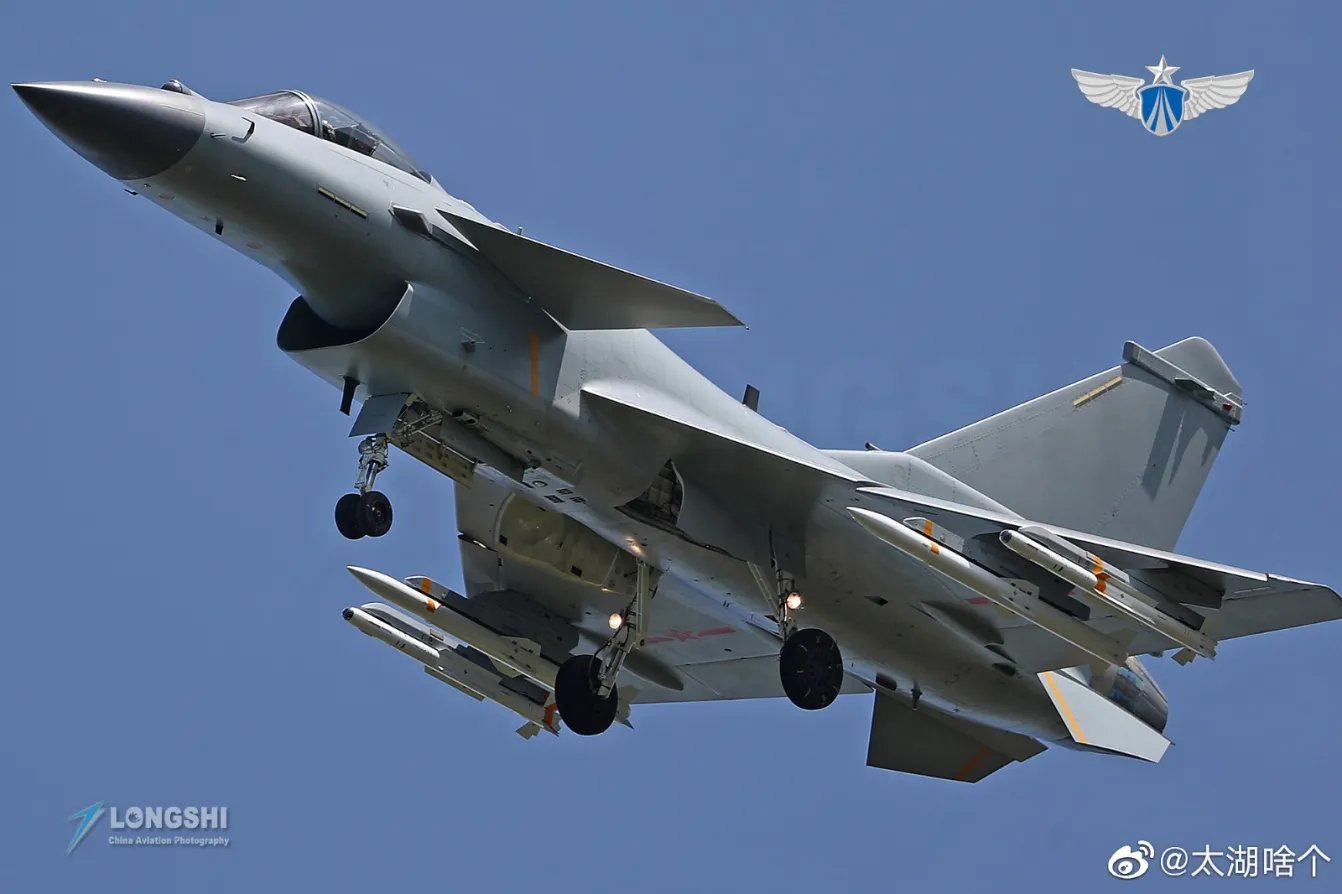Understanding the S400 Air Defence System: India's Shield in Modern Warfare

Image: S400 air defence system deployed, forming a vital part of India's multi-layered air defence.
Introduction
In recent years, the S400 air defence system has become a cornerstone of India's approach to national security. This advanced missile shield, known for its capability to neutralise aerial threats from aircraft, missiles, and drones, plays a pivotal role in safeguarding the nation's airspace. With evolving regional threats and changing patterns of warfare, understanding the S400 system’s operation, its significance, and its integration into India’s defence is now more crucial than ever.
What is the S400 Air Defence System?
The S400 air defence system, developed by Russia, is widely considered one of the most advanced surface-to-air missile (SAM) platforms in the world. It can detect and destroy targets at ranges up to 400 kilometres. The S400 is highly versatile, intercepting a wide spectrum of threats, including stealth aircraft and ballistic missiles. Its mobility allows operators to quickly reposition the system, making it a formidable deterrent against surprise attacks.
Role in India's Defence Strategy
India’s acquisition of the S400 air defence system was strategic. In defiance of international pressures, particularly from the United States, India went ahead with the S400 purchase to enhance its national security infrastructure. According to a detailed analysis in The Times of India, the S400 played a decisive role during recent escalations, effectively neutralising drone swarms and missile threats from across the border.
The system's rapid deployment and long-range coverage empowered Indian forces to create a robust, multi-layered shield in collaboration with indigenous solutions like the Akash missile system. As highlighted by NDTV, this integrated defence network was instrumental in recent missile defence operations, showcasing how the S400 works in tandem with domestic assets to thwart complex aerial assaults.
Key Features and Capabilities
The S400 system sets itself apart due to several advanced features:
- Multi-target Engagement: It can engage up to 80 targets simultaneously, tracking not only enemy aircraft but also cruise missiles and UAVs.
- Layered Defence: The S400 uses a mix of missile types, suitable for both short and long-range interceptions.
- Electronic Warfare Resistance: Its radars and command systems are designed to operate even in contested electromagnetic environments.
- Mobility & Survivability: Mounted on mobile platforms, the S400 can be quickly redeployed, safeguarding it from counterattacks.
Recent Deployments and Effectiveness
During the most recent crisis along the India-Pakistan border, the S400 air defence system reportedly demonstrated its effectiveness against complex aerial threats. When Pakistan launched waves of drones and missiles, the integrated Indian air defence, spearheaded by the S400, effectively intercepted and neutralised several incoming assets, preventing significant damage. Reports from The Times of India further affirm the system's reputation as a "deadly drone slayer."
Moreover, the S400's performance is enhanced when combined with other ground-based and airborne systems. The meticulous coordination was evident during the most recent hostilities, as explained in this in-depth analysis from The War Zone, which details how surface-to-air missile platforms like the S400 play a vital part alongside fighter jets and interceptors.
S400 and Indigenous Systems: A Coordinated Defence
While the S400 is an imported asset, India’s defence philosophy emphasises the importance of indigenous development. The Akash missile system, another key layer in the country's air defence, has seamlessly integrated with the S400, creating a resilient shield against multifaceted aerial attacks. Insights from NDTV highlight how both systems collectively enable India to maintain comprehensive airspace control and project a deterrent posture.
Conclusion
The S400 air defence system stands as a testament to India’s commitment to protecting its sovereignty amid growing regional challenges. By combining advanced imported platforms with cutting-edge indigenous technologies, India has woven a formidable web of defence. As threats continue to evolve, the synergy between systems like the S400 and Akash will remain vital in ensuring the safety and security of Indian skies.
For a deeper dive into recent operational outcomes and to understand how global powers perceive India's defence advancements, explore authoritative assessments from The Times of India, NDTV, and The War Zone. Stay updated as India continues to innovate and adapt in a rapidly changing security landscape.